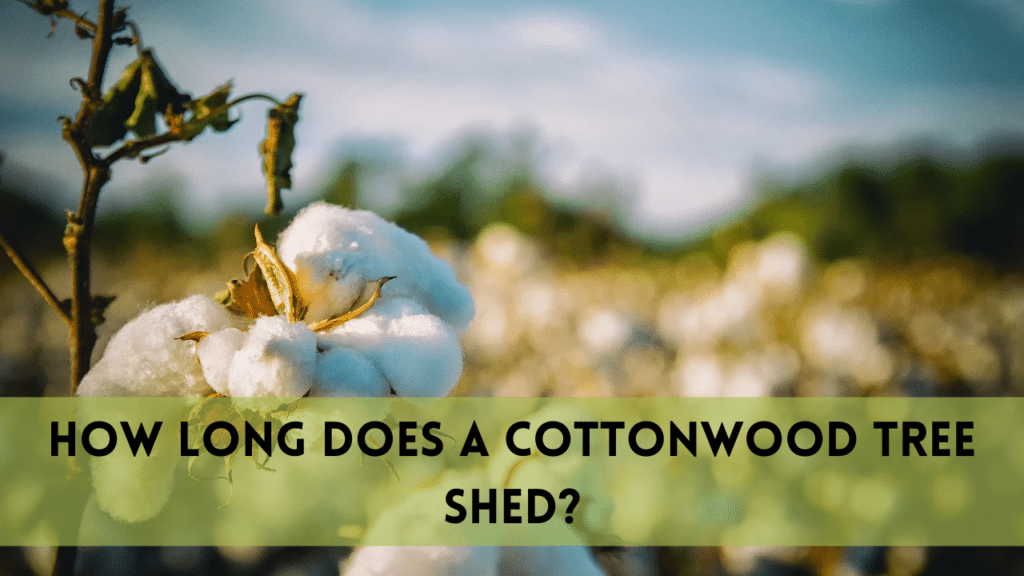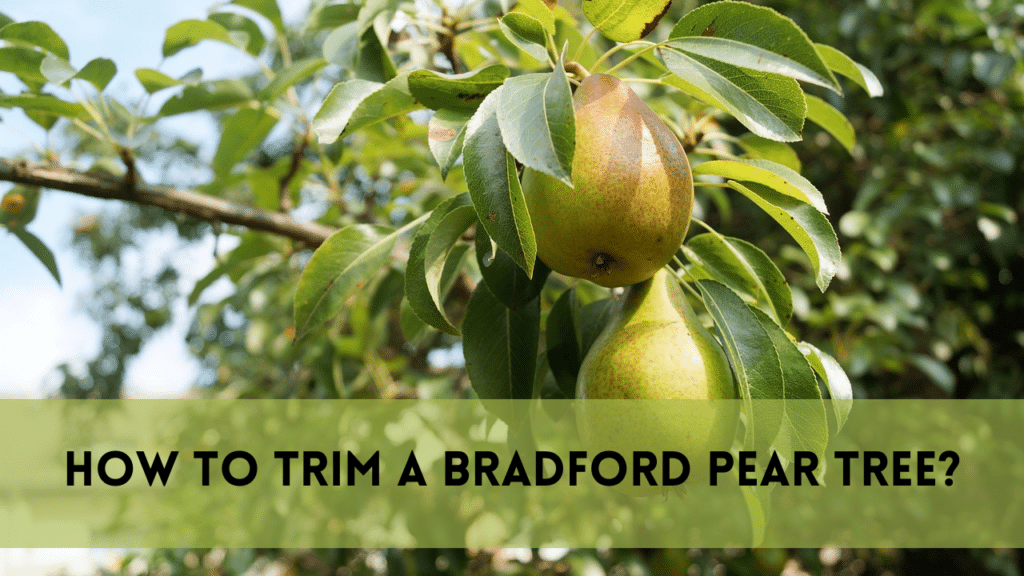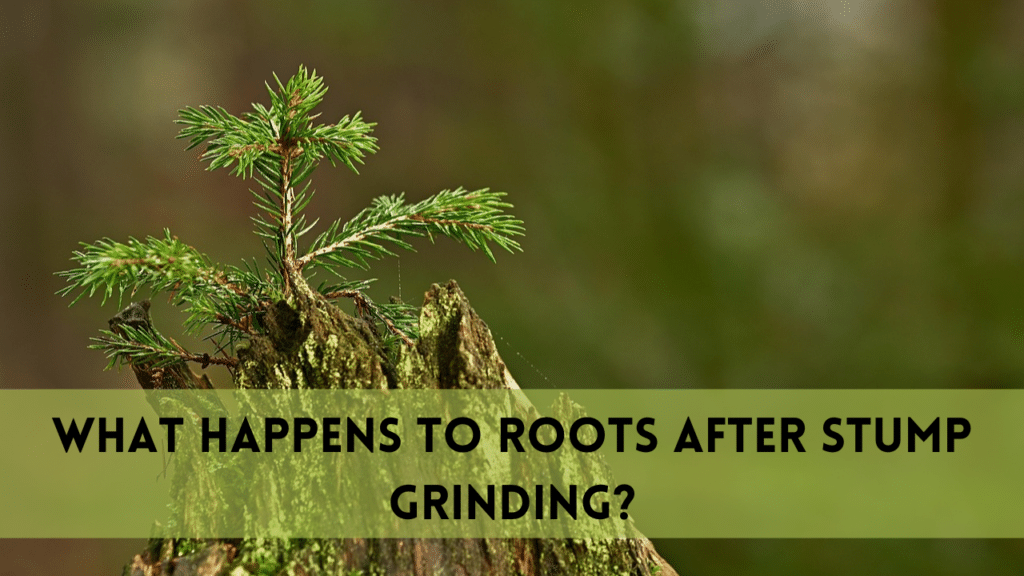You now have the difficult chore to remove a palm tree from your land. Be it for safety concerns, landscape modifications, or just because the tree has outgrown its space, don’t worry—we’ve got you covered on how to remove a palm tree.
Use our in-depth guide to learn the ins and outs of how to remove a palm tree. We respond to your often asked questions, guaranteeing a safe and knowledgeable approach, from evaluating the tree’s health to the detailed removal procedure.
Knowing Why to Remove a Palm Tree
It’s important to know why you wish to part ways with your palm tree before beginning the removal procedure. Are you making room for a new project, or is the tree dangerous because of instability or illness? Your strategy will be determined by figuring out the fundamental cause.
Examining the Circumstances to Remove a Palm Tree
After you’ve decided, examine the palm tree closely. Examine its dimensions, condition, and closeness to buildings. The examination will assist in identifying the instruments and methods required for the removal procedure.
Tools You Need to Remove a Palm Tree
Prior to start to remove a palm tree, assemble the required equipment. Essential tools include a shovel, safety gear (helmet, goggles, and gloves), pruning shears, a strong ladder, and a chainsaw. Possessing the appropriate tools guarantees a quicker and safer removal procedure.
How to Remove a Palm Tree
Safety should come first while using a chainsaw. Accidents can occur, and palm trees can be erratic. Make sure you’re wearing the proper safety gear, and think about getting help from an expert if you’re unclear how to proceed.
1. Make the Space Clear
First, make sure the palm tree’s surroundings are clear. Clear off any furniture or obstructions that might be in the way of your efforts. Organizing your workstation will improve safety and expedite the removal process.
2. Cutting Off the Fronds
For trimming the fronds on the palm tree, use your chainsaw or pruning shears. Ascend from the base and proceed upward. Falling fronds should be avoided since they can be heavy and dangerous for onlookers or property.
3. Eliminating the Bark
Now that the fronds are cut, the bark has to be removed. By exposing the trunk, you may more easily evaluate the health of the tree and determine your course of action. To remove the bark, carefully cut with your chainsaw.
4. Evaluating the Palm Tree’s Health
Examine the trunk more closely once the bark has been removed. Look for indications of illness, pests, or structural problems. An unhealthy palm tree may exhibit yellowing, yet a healthy one may have a sturdy, uniform trunk.
5. Using a horizontal cutting motion
You have to cut the palm tree down in a horizontal manner. Take up a posture that is opposite the tree’s intended fall angle. This will result in the trunk developing a notch around one-third of the way through.
6. Selecting Palm Trees for Removal
Just above the bottom of the notch on the side where the horizontal cut was finished, make a descending cut. This incision must be made at a seventy-degree angle. This combination of cuts encourages the tree to fall in the desired direction.
7. The Final Inhalation for Removal
Now that the descending cut has been completed, it’s the last push. This stage can require assistance because the tree might be hefty. The palm tree should be guided to the ground with a gentle push in the desired direction.
8. Eliminating the Trash after Palm Tree Removal
You are left with the stump once the tree has fallen to the ground. Cut it as close to the ground as you can with your chainsaw. Give yourself a few inches for future growth if you choose to transplant in the same location.
Now that the palm tree has been removed, you have to deal with the debris. Think about using the bark and fronds again as mulch, or see what your local disposal alternatives are. Maintaining an ecologically friendly and tidy yard is ensured by proper disposal.

Successfully Removed a Palm Tree
You’ve just successfully removed a palm tree, which is no minor accomplishment. Give it some thought and consider the experience. What did you discover? How would this increased understanding help you in your next landscaping projects?
When to Get Expert Assistance for Palm Tree Removal
Although doing things yourself might be rewarding in certain cases, there are other times when expert help is necessary. It’s a good idea to contact an arborist or tree removal service if the palm tree is too close to buildings or power lines, or if you’re not confident you can do the task yourself.
FAQs
Can I remove a palm tree on my own, or do I need to contact an expert?
Although some do-it-yourselfers remove a palm trees successfully, in complex situations and for safety concerns, it is best to hire a professional.
How can I determine whether the sickness in my palm tree requires removal?
Examine the trunk for indications like yellowing, cavities, or deterioration. Finding the best course of action and identifying health concerns can be facilitated by consulting with an arborist.
What season is ideal to remove a palm tree?
It’s usually advised to go into late winter or early spring. Palm plants have less stress during this dormant season, which facilitates removal and lowers the possibility of insect outbreaks.
After removing a palm tree, is it possible to grow a new one in the same location?
You can, but you need to make sure you give adequate room and take the soil into account. It is best to leave a few inches of the stump exposed for potential growth.
What is the responsible way for me to get rid of the palm tree debris?
Look into local disposal alternatives or recycle bark and fronds for mulch. Ensuring proper disposal guarantees an environmentally sustainable removal method.
Conclusion
In conclusion, meticulous preparation, the appropriate equipment, and a dedication to safety are necessary for the removal of a palm tree. You may finish the work by going through these stages. Keep in mind that every palm tree removal is a different experience, so modify these rules to fit your particular circumstance. Happy getting rid of trees!




